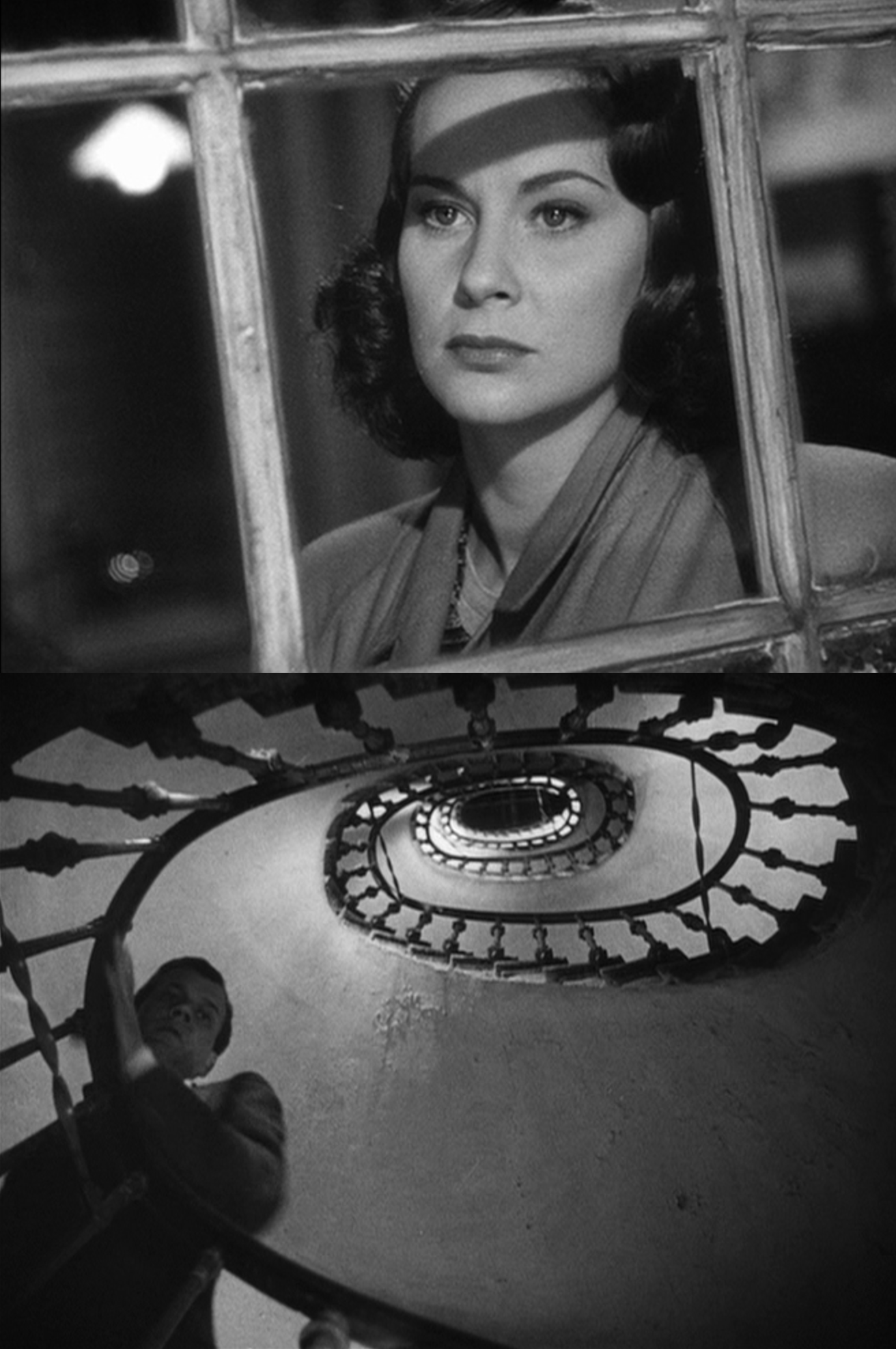Oh Noir! Part Two: England
Previously, we delved into the shadowy world of classic American noir, a genre defined by its stark visuals, morally ambiguous characters, and complex narratives. While American noirs painted a gritty, unfiltered picture of society, their British counterparts offered a distinct yet equally compelling take on the genre, often infusing their stories with a uniquely British sensibility and context.
Like their American counterparts, British noirs emerged in the 1940s and 1950s, heavily influenced by the socio-political climate of post-war Britain. These films often explored themes of crime, betrayal, and moral ambiguity, but with a distinct British twist. The settings were often urban, yet distinctly British, with a focus on class divisions, social norms, and the aftermath of war.
The visual style of British noirs was similar to American noirs, characterized by high contrast lighting, deep shadows, and a sense of claustrophobia. However, British noirs often had a slower pace, with a greater emphasis on dialogue and character development. The genre began to wane in the late 1950s, but its impact on cinema remains significant, influencing a range of films and filmmakers.
While there are many films that epitomize the classic British noir genre, three stand out for their influence, storytelling, and iconic status. These films not only defined the genre but also left an indelible mark on the history of cinema.
Film Stills: The Third Man & Odd Man Out
Credit: British Lion Films
Credit: British Lion Corp
1. The Third Man (1949)
Directed by Carol Reed and written by Graham Greene, The Third Man is often hailed as one of the greatest British films ever made. Set in post-war Vienna, the film stars Joseph Cotten as Holly Martins, an American writer who arrives in the city to meet his friend Harry Lime, only to find that Lime has supposedly died under mysterious circumstances. As Martins investigates, he uncovers a web of intrigue and corruption, culminating in the revelation that Lime (played by Orson Welles) is very much alive and involved in a dangerous black-market operation.
The film's iconic zither score by Anton Karas, its striking use of shadows and light, and the famous chase through the sewers of Vienna have all become cinematic landmarks. Welles' performance as the charming yet morally bankrupt Lime is unforgettable, and Reed's direction creates a palpable sense of tension and unease. The Third Man is a quintessential example of British noir, blending intrigue, suspense, and a deeply atmospheric setting.
2. Brighton Rock (1947)
Directed by John Boulting and based on the novel by Graham Greene, Brighton Rock is a dark, gripping tale of crime and moral decay. The film stars Richard Attenborough as Pinkie Brown, a ruthless young gangster who becomes embroiled in a violent struggle for control of Brighton's criminal underworld. Pinkie's cold-blooded nature and his manipulation of an innocent young waitress, Rose, to cover his tracks form the core of the film's narrative.
Attenborough's chilling performance as Pinkie is a standout, portraying a character who is both menacing and pitiable. The film's exploration of themes such as sin, redemption, and the struggle between good and evil is deeply resonant, and its depiction of Brighton's seedy underbelly adds to the noir atmosphere. Brighton Rock remains a powerful and influential example of British noir.
Credit: Charter Film Productions
Credit: Two Cities Films
3. Odd Man Out (1947)
Directed by Carol Reed, Odd Man Out stars James Mason as Johnny McQueen, an Irish nationalist leader who is wounded during a botched robbery and becomes a fugitive in the streets of Belfast. As McQueen eludes capture, the film delves into his physical and psychological ordeal, as well as the lives of the people he encounters.
Reed's direction and Robert Krasker's cinematography create a haunting, almost expressionistic portrayal of McQueen's plight, filled with shadowy streets and ominous alleyways. Mason's performance is deeply affecting, capturing the desperation and vulnerability of a man on the run. Odd Man Out is a poignant and visually stunning example of British noir, exploring themes of identity, loyalty, and human frailty.
Although traditional British noir films are no longer made, their influence can still be felt in modern cinema. The visual style, thematic complexity, and moral ambiguity of classic noirs continue to inspire filmmakers and captivate audiences. These films remain a testament to the power of storytelling and the enduring allure of the dark side of human nature.
In the final article of this series, we will explore the forgotten Japanese noirs, a lesser-known but equally fascinating chapter in the history of noir cinema. I challenge you to watch at least one of the movies listed here and experience the timeless allure of classic British noir for yourself.





